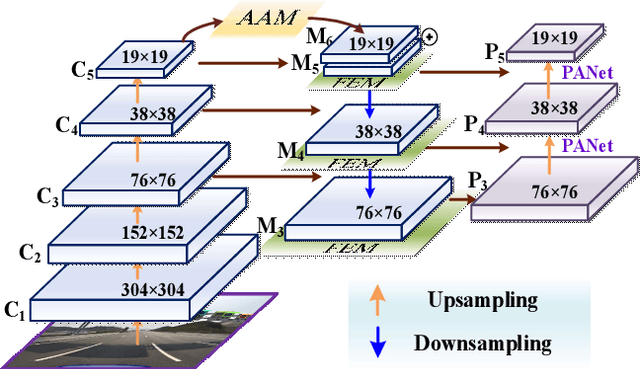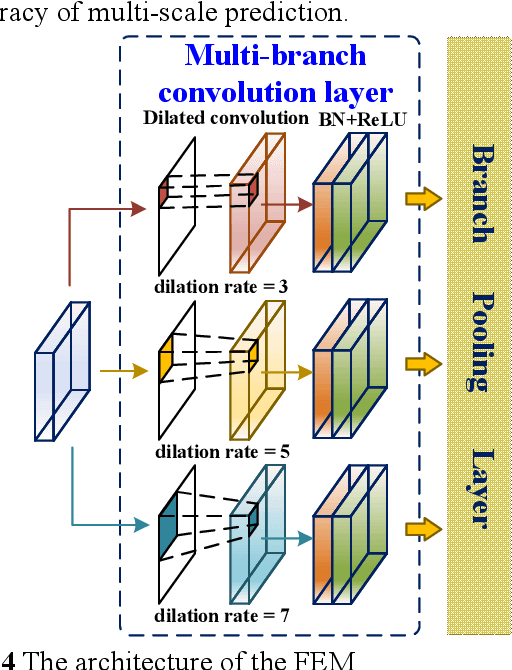Junfan Wang
\textit{FedABC}: Attention-Based Client Selection for Federated Learning with Long-Term View
Jul 28, 2025Abstract:Native AI support is a key objective in the evolution of 6G networks, with Federated Learning (FL) emerging as a promising paradigm. FL allows decentralized clients to collaboratively train an AI model without directly sharing their data, preserving privacy. Clients train local models on private data and share model updates, which a central server aggregates to refine the global model and redistribute it for the next iteration. However, client data heterogeneity slows convergence and reduces model accuracy, and frequent client participation imposes communication and computational burdens. To address these challenges, we propose \textit{FedABC}, an innovative client selection algorithm designed to take a long-term view in managing data heterogeneity and optimizing client participation. Inspired by attention mechanisms, \textit{FedABC} prioritizes informative clients by evaluating both model similarity and each model's unique contributions to the global model. Moreover, considering the evolving demands of the global model, we formulate an optimization problem to guide \textit{FedABC} throughout the training process. Following the ``later-is-better" principle, \textit{FedABC} adaptively adjusts the client selection threshold, encouraging greater participation in later training stages. Extensive simulations on CIFAR-10 demonstrate that \textit{FedABC} significantly outperforms existing approaches in model accuracy and client participation efficiency, achieving comparable performance with 32\% fewer clients than the classical FL algorithm \textit{FedAvg}, and 3.5\% higher accuracy with 2\% fewer clients than the state-of-the-art. This work marks a step toward deploying FL in heterogeneous, resource-constrained environments, thereby supporting native AI capabilities in 6G networks.
Improved YOLOv5 network for real-time multi-scale traffic sign detection
Dec 23, 2021



Abstract:Traffic sign detection is a challenging task for the unmanned driving system, especially for the detection of multi-scale targets and the real-time problem of detection. In the traffic sign detection process, the scale of the targets changes greatly, which will have a certain impact on the detection accuracy. Feature pyramid is widely used to solve this problem but it might break the feature consistency across different scales of traffic signs. Moreover, in practical application, it is difficult for common methods to improve the detection accuracy of multi-scale traffic signs while ensuring real-time detection. In this paper, we propose an improved feature pyramid model, named AF-FPN, which utilizes the adaptive attention module (AAM) and feature enhancement module (FEM) to reduce the information loss in the process of feature map generation and enhance the representation ability of the feature pyramid. We replaced the original feature pyramid network in YOLOv5 with AF-FPN, which improves the detection performance for multi-scale targets of the YOLOv5 network under the premise of ensuring real-time detection. Furthermore, a new automatic learning data augmentation method is proposed to enrich the dataset and improve the robustness of the model to make it more suitable for practical scenarios. Extensive experimental results on the Tsinghua-Tencent 100K (TT100K) dataset demonstrate the effectiveness and superiority of the proposed method when compared with several state-of-the-art methods.
 Add to Chrome
Add to Chrome Add to Firefox
Add to Firefox Add to Edge
Add to Edge